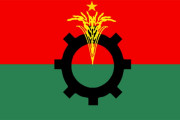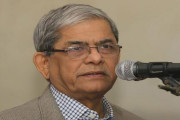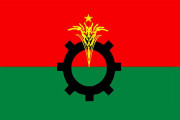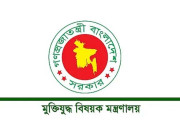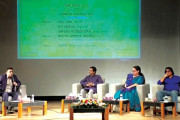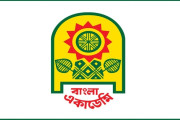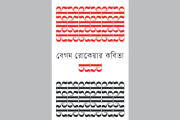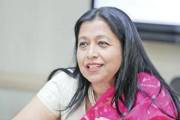UNB, Dhaka: Social protection programmes remain central to Bangladesh’s sustainable development policy and are progressively benefitting the poorer households across the country.
This affirmation of poverty alleviation has come from none other than the world’s top lender, the World Bank.
However, more efforts are required for further reduction of poverty in Bangladesh, according to the World Bank.
Reallocating existing transfers to the poorest in the country can help bring down poverty further — from 36% to 12%, the global lender said in its report unveiled on Thursday.
The report titled ‘Bangladesh Social Protection Public Expenditure Review’ reflects on Bangladesh’s continued investment towards social protection and how it can improve on its existing framework, including planning, designing, programming, and delivery of the various social protection programmes and projects.
The report finds that the social protection programmes are mostly focused in rural areas. But, with almost one in five of the urban population living in poverty, and half of the households at the risk of falling into poverty, there is a need for rebalancing geographic allocations, it suggests.
About 11% of people in urban areas are covered by social protection whereas 19% of the urban population is poor. On the contrary, the coverage in rural areas is higher than the poverty rate, with programmes reaching 36% of people, while 26% live in poverty.




















